strange paint bubbles/blisters?
mrs_whatsit
16 years ago
Related Stories
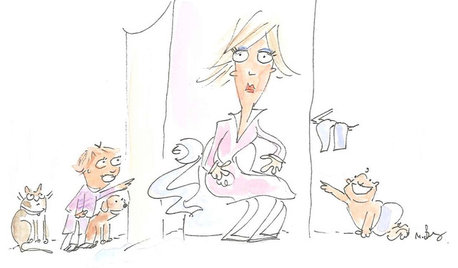
LIFE21 Things Only People Living With Kids Will Understand
Strange smells, crowded beds, ruined furniture — here’s what cohabiting with little monsters really feels like
Full Story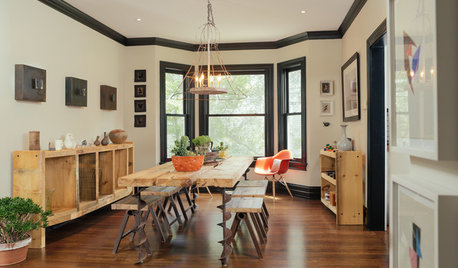
TRIMWhat Color Should You Paint Your Trim?
Learn the benefits of painting your trim white, black, neutral, a bold color and more
Full Story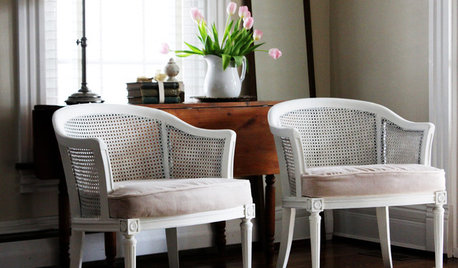
BUDGET DECORATINGBudget Decorator: 8 Ways to Make Old Furniture Look Brand New
Learn stripping, staining, painting and reupholstering basics to make bargain-basement furniture worthy of center stage at home
Full Story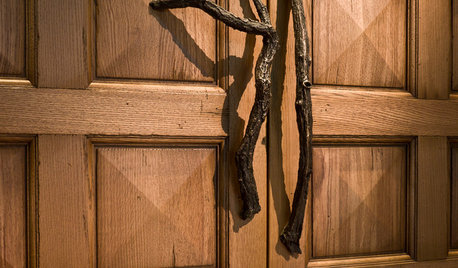
WOODWoodipedia: Make a Solid Choice With Oak
Forget those low-end products of old. Red and white oak today are beautiful, versatile and relatively inexpensive
Full Story
HOUSEKEEPINGWhat's That Sound? 9 Home Noises and How to Fix Them
Bumps and thumps might be driving you crazy, but they also might mean big trouble. We give you the lowdown and which pro to call for help
Full Story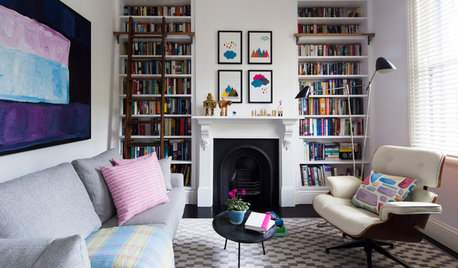
COLOR21 Reasons to Decorate With Purple
Whatever shade you choose — lilac, plum, mauve or aubergine — purple makes a statement
Full Story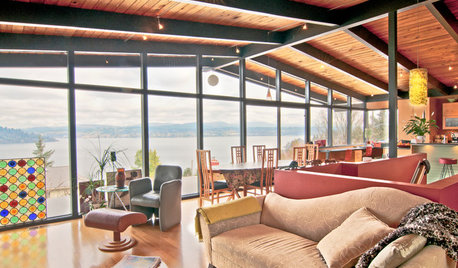
HOUZZ TOURSMy Houzz: Modern, Renovated Home in Seattle
Unique materials, clever details and a dash of humor revitalize a 1960s home on the water in Washington state
Full Story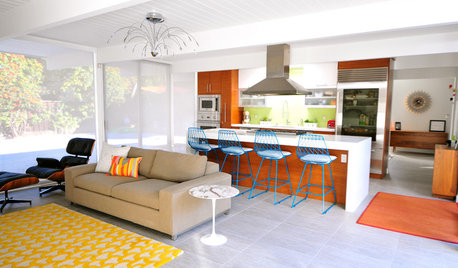
MIDCENTURY HOMESHouzz Tour: An Eichler Remodel Spawns a Design Career
A homeowner finds her true calling upon redesigning her family's entire California home
Full Story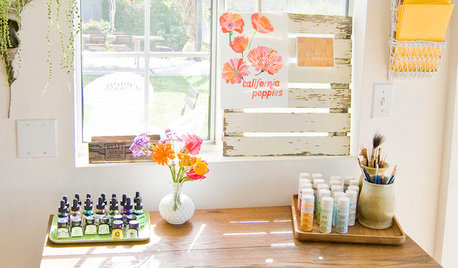
FEEL-GOOD HOMEDecorate With Intention: Nourish Your Creativity at Home
If your creative time seems all too short and slapdash, make haste in checking out these ideas to redesign your approach
Full Story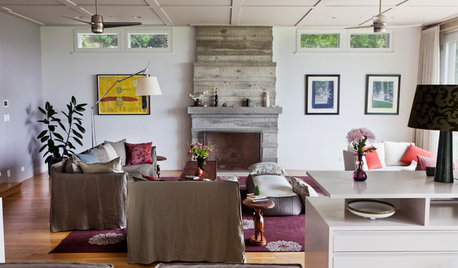
HOUZZ TOURSHouzz Tour: Malibu Home Shows a Gentle Modern Spirit
Multiuse furnishings, open shared areas and a strong connection to the outdoors give a Southern California family's home an easy-living vibe
Full StoryMore Discussions




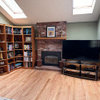
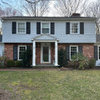
paintguy22
mrs_whatsitOriginal Author
Related Professionals
Addison Painters · Apple Valley Painters · Brea Painters · Fridley Painters · Mokena Painters · Petaluma Painters · Rancho Palos Verdes Painters · Riverdale Painters · Spanaway Painters · Cambridge Flooring Contractors · Lynnwood Flooring Contractors · Myrtle Beach Flooring Contractors · Napa Flooring Contractors · Tampa Flooring Contractors · West Chester Flooring ContractorsFaron79
mrs_whatsitOriginal Author